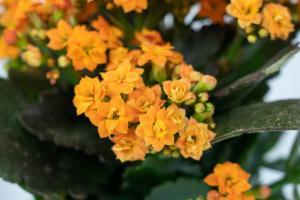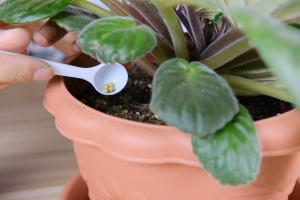How to Collect Rain Water for Watering Plants
Water conservation is becoming increasingly important as we face climate change and droughts worldwide. One simple way to reduce your use of water is to collect rainwater for watering your plants. Not only is rainwater free of harmful chemicals, but it can also help to nourish your plants with natural nutrients that tap water doesn't always provide. Here are a few tips on how to collect rainwater for watering plants.
1. Choose a Collection Method
The first step in collecting rainwater is to choose a collection method. You can invest in a rain barrel or a cistern, both of which come in different sizes and shapes. Rain barrels are typically smaller and can fit nicely beneath a downspout while cisterns are larger and more complicated to install. If you're on a budget and want a simple solution, you can also collect rainwater in buckets or other containers.
2. Determine the Collection Area
The next step is to determine where you will collect the rainwater. The most common place is at the end of a downspout, but you can also collect rainwater from a flat roof or other surface. Keep in mind that the collection area should be clean and free of debris to avoid contaminating the water.
3. Install a Filter
Once you have chosen your collection method and area, it's important to install a filter to keep debris out of your rainwater. Most rain barrels come with a built-in filter, but if you're using buckets or containers, you can purchase a filter separately. The filter should be cleaned regularly to maintain water quality.
4. Consider Mosquito Control
If you're using rain barrels or other larger containers, you may want to consider mosquito control. Mosquitoes can lay their eggs in standing water, which can become a breeding ground for these pests. You can purchase mosquito dunks or other treatments to prevent mosquitoes from using your rainwater as a home.
5. Use Rainwater Wisely
Finally, it's important to use your collected rainwater wisely. While it's tempting to use it for everything, such as filling your pool or washing your car, it's important to prioritize your use. Use your rainwater for watering indoor and outdoor plants, as well as for gardening. By doing so, you'll reduce the amount of tap water you use and promote a more sustainable lifestyle.
In conclusion, collecting rainwater is a simple and effective way to conserve water and reduce your carbon footprint. By following these tips, you can enjoy healthier plants while contributing to a more sustainable future.

 how many times do yo...
how many times do yo... how many planted tre...
how many planted tre... how many pine trees ...
how many pine trees ... how many pecan trees...
how many pecan trees... how many plants comp...
how many plants comp... how many plants can ...
how many plants can ... how many plants and ...
how many plants and ... how many pepper plan...
how many pepper plan...































